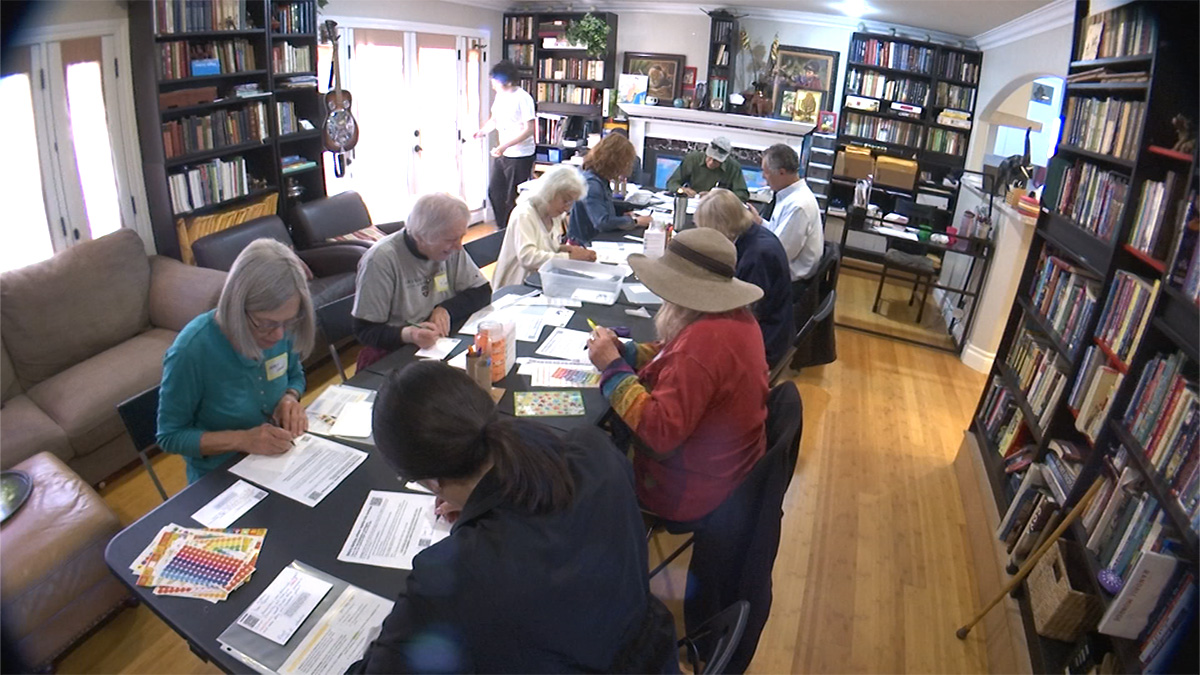Bracing for possibly the biggest Bay Area storm in six years, PG&E officials said Wednesday that crews are standing by to repair downed power lines and restore electricity wherever outages occur.
According to the National Weather Service, the Bay Area could see heavy rain with winds expected to reach speeds of 50 miles per hour in some areas beginning Wednesday night and lasting into Friday.
A flash flood watch is in effect from this evening through late Thursday night, National Weather Service officials said.
Track: Interactive Radar
National Weather Service forecaster Diana Henderson said the last comparable storm hit the Bay Area in 2008. During that storm, Henderson said rainfall ranged from 5 to 11 inches throughout the Bay Area and winds reached 88 miles per hour along the coast.
"It was a lot of water and wind in a very short amount of time," Henderson said.
PG&E spokeswoman Brittany McKannay said the utility company prepares for major weather events "all year round."
Local
"Over the past week, we've been putting together a strategic plan to address any potential issues that could occur with an outage ahead of time," McKannay said.
Crews have been surveying power lines to see if there are areas where excess vegetation or tree limbs could interfere and cause outages, McKannay said.
Watch: Sky Cameras
"We've been pruning trees to eliminate outages before they start," she said.
PG&E has also has also set up a mobile command station with satellite crews stationed in areas expected to be hit the hardest, McKannay said.
"We have a storm modeling tool that we use to help us determine the timing and location of potential outages," McKannay said. "Basically, we look at how heavily an area would be hit by the storm and then we are able to staff appropriately."
With smart meter technology, McKannay said PG&E is able to see quickly where outages are occurring and can send crews in to respond.
In situations with high winds, McKannay said no county is more immune than another, but areas with more vegetation are likely to see more of an impact.
"It's all hands on deck," McKannay said. "We're bringing in all of our staff to prepare for this storm, and then we're prepared to bring in staff from other areas where we know we won't be hit as hard. In some cases, we also have the ability to use contractors who can provide additional support."



